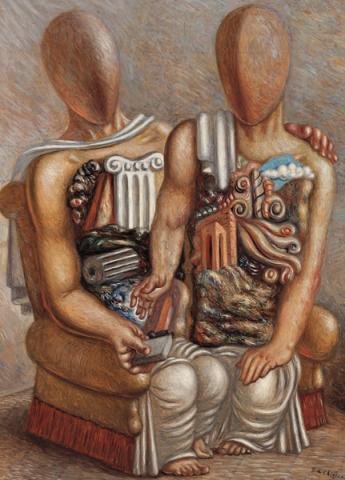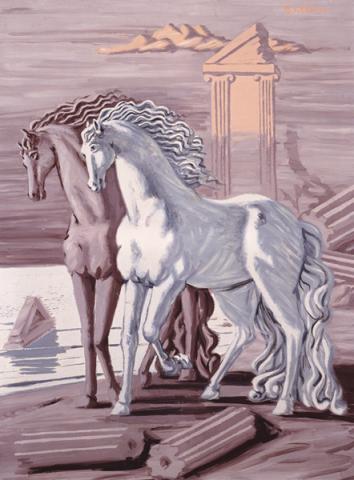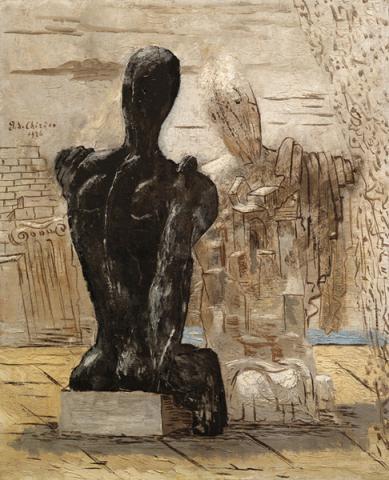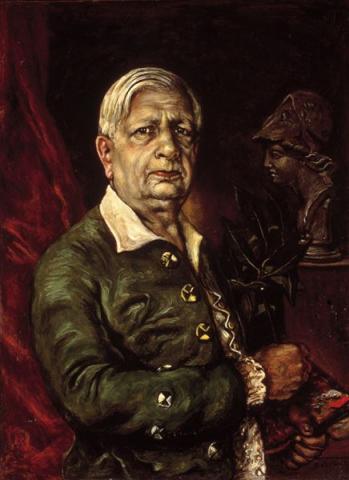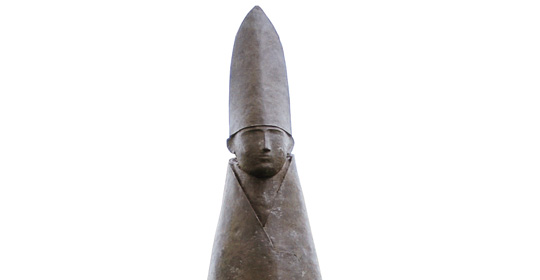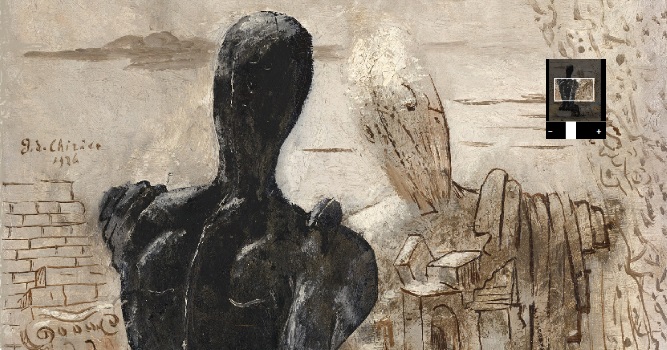Giacomo Manzù (Bergamo, 1908 - Roma, 1991)
Giacomo Manzù, a pseudonym used by Giacomo Manzoni, was born in Bergamo in 1908. From a very young age he worked in a goldsmith’s and engraver’s workshop and graduated in decorative modelling from the Fantoni Institute. During his military service at Verona, from 1927-8, he sporadically attended courses at the Cignaroli Academy. From 1928 he dedicated himself exclusively to sculpture.
He established himself in Milan, and in 1929 received his first commission: to decorate the chapel of the Catholic University, which he carried out from 1931 to 1932. In 1933 he displayed a series of busts at the Triennale in Milan. In the following years he created the first versions of Child on a Chair (1933) and The Cardinal (1936).
In 1939 he began to produce a series of bas-reliefs in bronze on religious themes, including a “Deposition” and a “Crucifixion”, in which, using the symbolism of the sacrifice of Christ, he evoked the horrors of the war and the violence of the fascist regime. In 1940, Manzù taught sculpture at the Brera Academy in Milan and subsequently at the Albertina Academy in Turin. When war began, he moved to Clusone.
After the war he taught again at the Brera Academy, until 1954, and then at Salzburg until 1960. During this period he started work on the Doors of Death for Saint Peter’s Basilica in the Vatican (which were finished in 1964). Between 1965 and 1968 he created the Doors of Peace and War for the church of Saint Laurens in Rotterdam. In the Seventies he returned to free-standing figures, sculpting in bronze female figures and groups, of which the most striking are the sculptures on amorous themes.
In the late Sixties he devoted him to ser design, creating the backdrops for some of the most important works of Igor Stravinskij, Goffredo Petrassi, Claude Debussy, Richard Wagner and Giuseppe Verdi. In the Seventies he created two large works in high-relief: for the Savings Bank of the Province of Lombardy in Milan and for the Palace of Justice of the European Community in Luxemburg, finished in 1970 and 1973 respectively.
In 1973 he had a personal exhibition at the Museum of Modern Art in Toyko.
In 1989 his last of his great public monuments was inaugurated in New York, a six metre high sculpture in bronze, outside the headquarters of the UN.
In 1964 Manzù moved to Ardea, near to Rome, where there now exists a Museum containing his entire collection, which he donated to the Italian State in 1979. The artist died in 1991.


























